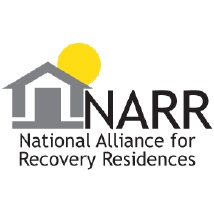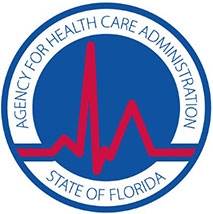In cases involving addiction, many individuals have an extreme mental health condition such as bipolar disorder. Formerly categorized as “manic depression,” people with bipolar disorder experience intense emotional highs and lows — severe mood swings and erratic behavior.
According to studies, 60 percent of people diagnosed with bipolar disorder also had some history of co-occurring substance abuse. In the U.S., there are more than 3 million cases of bipolar disorder per year.
Overuse and abuse of alcohol and drugs are more likely to exist in cases of bipolar disorder often increase the severity of the condition. Drug abuse can also affect an individual with no history of mental health by triggering previously dormant bipolar symptoms.
To learn more about co-occurring mental health and substance abuse conditions, seek treatment specialists in behavioral health.

Understanding Bipolar Disorder
If a person has radical shifts in moods, they may have symptoms of bipolar disorder. Lasting days or weeks at a time, the episodes may occur several times weekly or just a few times a year. Bipolar disorder adversely changes energy and concentration. Factors including genetics and chemical imbalance of the brain can cause bipolar disorder. A traumatic environment is a high-risk factor for bipolar disorder. Individuals with bipolar disorder often abuse drugs and alcohol to alleviate the troubles triggered by their bipolar condition. This behavior can result in an addiction, creates problems in relationships, causes adverse financial impact, legal ramifications, and a possible suicide.
It’s essential to understand the types of episodes experienced by people with bipolar disorder. The four types of bipolar disorder episodes include:
- Manic episodes
Symptoms of a manic episode are exhibited with excessively hostile or overly cheerful behavior. Low energy and loss of motivation or interest in daily activities is a depressive, manic episode. Mood episodes usually last weeks at a time, or longer and associated with thoughts of suicide.
- Hypomanic episodes
The behavior of hypomanic episodes and manic episodes are similar with subtle differences. Primarily, hypomanic episodes are less severe and last for a shorter length of time.
- Major depressive episodes
A major depressive episode is present when a person is depressed and uninterested in activities. The clinical definition of a depressive episode is when the mood of depression lasts a minimum of two weeks.
- Mixed episodes
Individuals with bipolar disorder can have mixed episodes that involve traits of manic, hypomanic, and major depressive episodes.
Bipolar disorder is defined in two categories by The Diagnostic and Statistical Manual of Mental Disorders, bipolar I and bipolar II disorder. There are some key differences between bipolar I and II. Those diagnosed with Bipolar I disorder experience one or more manic/mixed episodes followed by a major depressive episode, and this is a more severe disorder. Bipolar II disorder has one or more major depressive episodes followed by a hypomanic episode.
Drugs and alcohol are commonly used by people with bipolar disorder to self-medicate, as the substances seem to lessen the symptoms of manic and depressive episodes temporarily. Which partially explains why many people with bipolar disorder also struggle with addiction.
Substance-Induced Bipolar Disorder
Frequently using drugs causes physical changes in the brain. The most obvious difference is the brain reward system is altered to make the use of drugs feel pleasurable. These changes to the brain reward system lead to compulsive behavior and frequent use of addictive substances. Use of drugs also affects the mood and behavior part of the brain, and changes in the brain can lead to bipolar disorder. People who were mentally healthy before addiction can then develop bipolar disorder.
Read how the environment and lifestyle play a role in Bipolar disorder from WEBMD.com
South Florida’s Top Rated Dual Diagnosis Treatment Center
Mental Health and Substance Abuse












